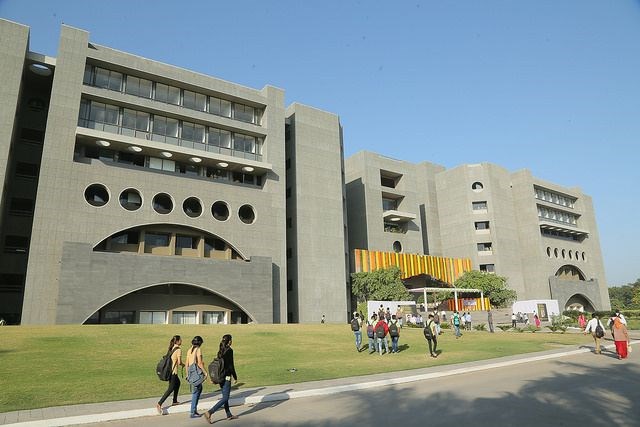Search here

18-Jun-2025 , Updated on 6/18/2025 5:01:54 AM
Beyond the Rankings: How to Choose the Right College for You in 2025
Prioritize Programs Over Prestige
Institutional rankings can be of little use in choosing colleges in 2025. Instead, prioritize certain strengths of academic programs. Examine the curriculum relevancy, the faculty competence within your field of interests on the one hand and the availability of some specialization resources or labs on the other. Find out special experiential opportunities such as co-ops, internships, or undergraduate research experiences right in your own field. Importantly, assess the industry ties, placement and postnuptial wage information of the program to your profession of interest. The best bet is the empirical evidence of the results and ROI of the particular degree, to be a sure gauge of future success. The quality of the program and concrete outcomes prevail over the popularity of the institution in the abstract.
Evaluate Career Outcomes Critically
Career outcomes must be critically examined when making the selection of colleges. Check actual confirmed graduate employment rates not only global figures but in particular areas. Check the alumni career paths a few years after graduation to learn more about the future possibilities and income. Evaluate to a critical level the strength of basic industry partnerships and hiring pipelines at a direct level with the wanted program. Review the career support resource base of the institution including specific individuals to advise on career choices, record of success securing internships and existing alumni networks. This evidence-based practice discloses the ability of a program to initiate sustainable careers.
Calculate True Affordability Realistically
The true affordability of college requires careful study and analysis when compared to the cost alleged in sticker price of the college. True cost consists of items that cannot be avoided such as location-based living expenses, obligatory fees, textbook and materials cost, possible travel and foregone income during enrolment. Compare critically the aggregate borrowed debt against plausible post-mortem entry pay in the target occupation in every school. Affordability is not measured in prestige and ranking; a lower-ranked program with robust regional employment rate and lower net cost outcome can be better in the long-run financial stability than a highly-ranked competitor which will require mega-debt. Evaluate intensive net price calculators, research loans carefully, and favor colleges with visible student clear paths to attainable debt-to-income levels with reliable graduate details. Herein the crux of the matter is concerned with affordability--not an institutional reputation.
Assess Campus Culture Fit
College choice requires a review of the campus culture beyond ratings. This is an essential aspect which predetermines everyday experience and long-term satisfaction of students. The indicators of these questions are decisive student attitude toward academics (collaborative versus competitive), the predominant levels of extracurricular engagement, and the involvement in political or social activism on campus. Watching how the students interact during visits is priceless and also talking openly with existing ones is as well. The personnel attending the institution in 2025 need to understand the position of the establishment and mood of students concerning social and political issues at hand. It is essential to ensure that the personal values might be in line with the campus environment before enrolling.
Verify Post-Graduation Support Systems
Examine independently-verified data of outcomes after university graduation. The graduate employment rates and salary information was independently tested and obtained on national surveys or reputable alumni studies. Explore how career services are available and what they cover: ensure that there is sufficient staffing and access to CV check, interview mock-ups and direct industry links. Assess critically the engagement of alumni networks and mentorship programs that are active. Find the conversion rates of internships to jobs in the related disciplines. Such tangible progress is directly related to the future possibility of employment and career path.

Content Writer
Hi, I’m Meet Patel, a B.Com graduate and passionate content writer skilled in crafting engaging, impactful content for blogs, social media, and marketing.
Join Our Newsletter
Subscribe to our newsletter to receive emails about new views posts, releases and updates.
Copyright 2010 - 2025 MindStick Software Pvt. Ltd. All Rights Reserved Privacy Policy | Terms & Conditions | Cookie Policy